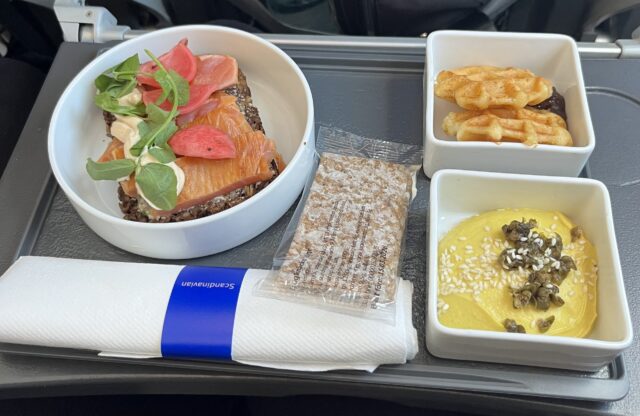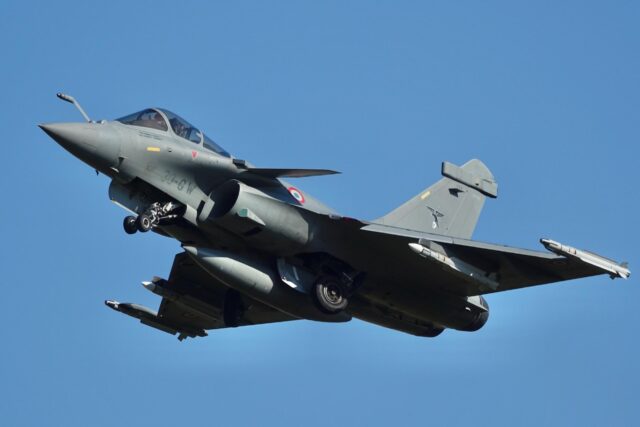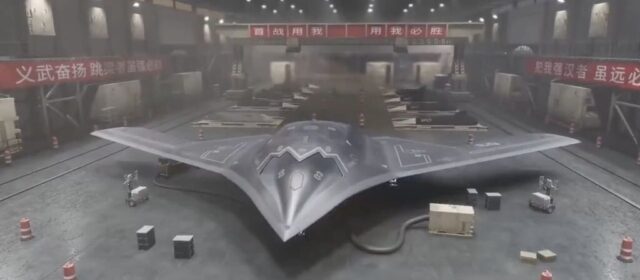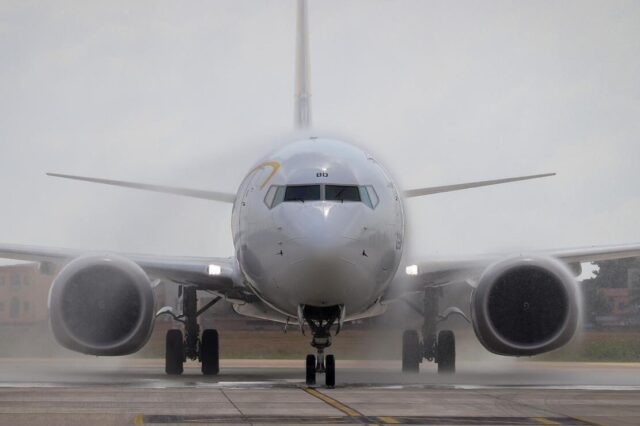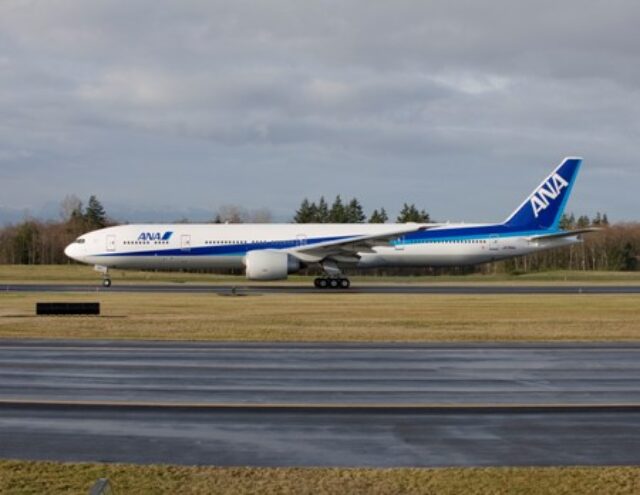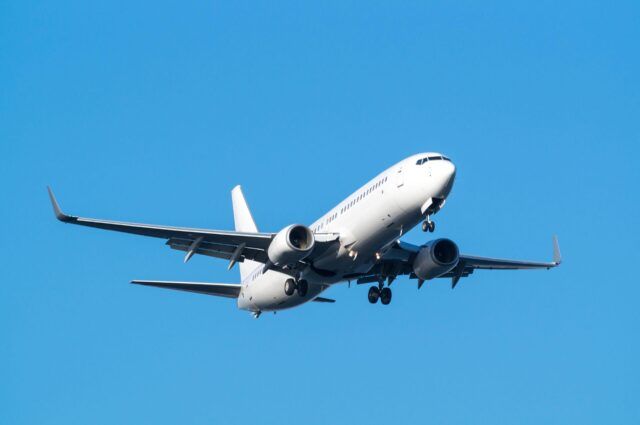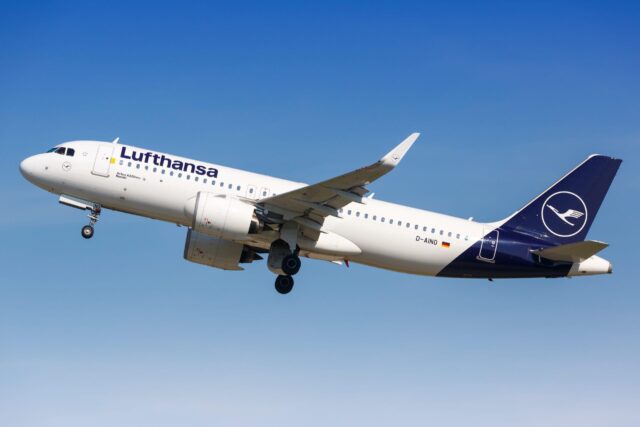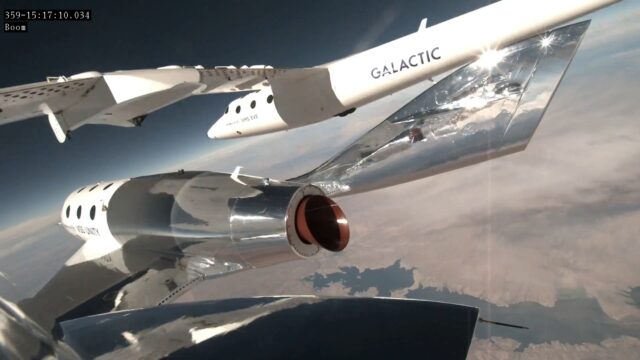Norway celebrates two F-35 milestones
April 29, 2025

The final three Norwegian F-35A aircraft were handed over by Lockheed Martin on 1 April 2025, completing Norway’s largest defence acquisition programme. One of the aircraft will remain in the United States for integration testing of the JSM and new software updates.
The Royal Norwegian Air Force also officially integrated the Joint Strike Missile, a cruise/anti-ship missile, on its F-35As, though it is unclear as to whether the weapon will be operationally employable before Block 4 software has been cleared, and before live firings have been undertaken. Brigadier Jarle Nergård, the Head of Defence Materiel Air Capabilities said that receiving the JSM now would enable Norway to “build up inventory in parallel with the aircraft receiving the necessary software,” thereby laying “the foundation for a rapid transition to operational use.”
When it is fully cleared for service, the JSM will be the primary long-range air-to-surface weapon for Norway’s F-35A fleet, and is also set to be acquired by the United States, Australia and Japan. The JSM is the only weapon in its class that can be carried internally by the F-35, since similar weapons that are now being integrated on the F-35, including the AGM-158 JASSM (Joint Air-to-Surface Standoff Missile) and 158C LRASM (Long-Range Anti-Ship Missile), can only be carried externally. This obviously compromises the F-35A’s low observability and would be inappropriate in many peer level conflict scenarios. The F-35A can carry two JSMs internally (along with a pair of AIM-120 AMRAAMs) and, if LO is not required, can carry four more on external underwing pylons, allowing a total loadout of up to six JSM missiles per aircraft.
Brigadier Jarle Nergård, Head of Defence Materiel Air Capabilities, said that the combination of the F-35 and JSM will give Norway a whole new level of operational capability – allowing it to independently “find and defeat well-defended targets at a considerable distance with high precision and low risk of detection.” These target sets include enemy naval vessels, radars, and command centres which can be engaged at long stand off ranges, with a sovereign weapon and with no allied support..
Brigadier Jarle Nergård pointed out that the JSM can “manoeuvre through modern air defences and find its target even in challenging conditions.”
Nergård implied that the JSM and F-35 combination would provide Norway with a powerful A2/AD (Anti-Access/Area-Denial) capability. “It simply will not be possible to sail where there are F-35s with JSM,” Nergård said.
The JSM was developed by Norway’s Kongsberg Defence & Aerospace (KDA) as the air-launched version of Kongsberg’s surface-launched Naval Strike Missile (NSM). The company worked in close collaboration with the Norwegian Defence Materiel Agency and the Norwegian Defence Research Institute (FFI).
Øyvind Kolset, head of the missile and space division at Kongsberg Defence & Aerospace, said that the company is proud to have “contributed to the F-35 with JSM, providing Norway with increased security against threats in the future.”
The JSM programme is also economically and industrially vital, involving about “a hundred other Norwegian companies in the supply chain,” and creating hundreds of jobs. KDA is also expanding its production capacity with factories in Australia and the USA.
KDA says that it has started the construction of these factories, which it says will be fully operational by 2028. This will ensure that the company will be able to meet the demand for both the JSM and the NSM.
Drop testing of Joint Strike Missile test articles from the internal weapons bays of an instrumented F-35A began in February 2021, flying from Edwards AFB in California.

The JSM is relatively small and light, with a weight of 416 kg, and a length of 4 metres, allowing carriage by tactical aircraft.
JSM has an off-board, on-board and in-flight mission planning capability and can engage targets based on a predefined set of Rules-of-Engagement. The weapon uses an advanced dual mode seeker, combining imaging Infrared (IIR) and GPS/INS navigation suite, allowing it to autonomously detect, identify, and engage targets even in a GPS-denied environment. The missile has a two-way datalink allowing it to be updated or retargeted in flight.
JSM is capable of flying at high-subsonic speeds (Mach 0.9), and has a range in excess of 185 km (100 nautical miles) when following a low-low-low penetration profile or of up to 555 km (300 nautical miles) in a high-high-low flight profile. The weapon has a 120-kg (260-pound) blast-fragmentation warhead that is capable of inflicting catastrophic damage on naval targets.
The US announced that it would be acquiring the JSM on 31 May 2024, in a US $141 million sole source acquisition contract with KDA. Eirik Lie, KDA’s president noted that: “The selection of JSMs by both the USAF and Royal Norwegian Air Force also fully supports NATO’s vision for interchangeability of equipment between allied nations.”
